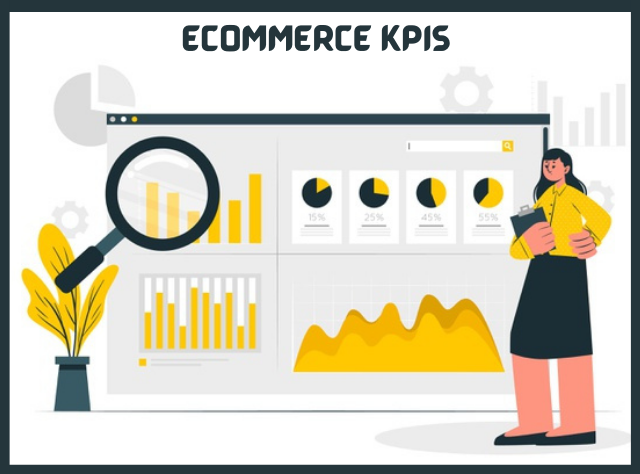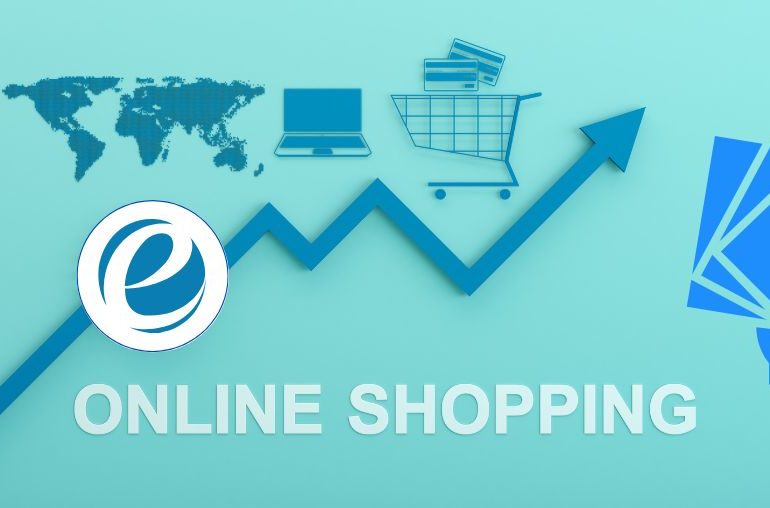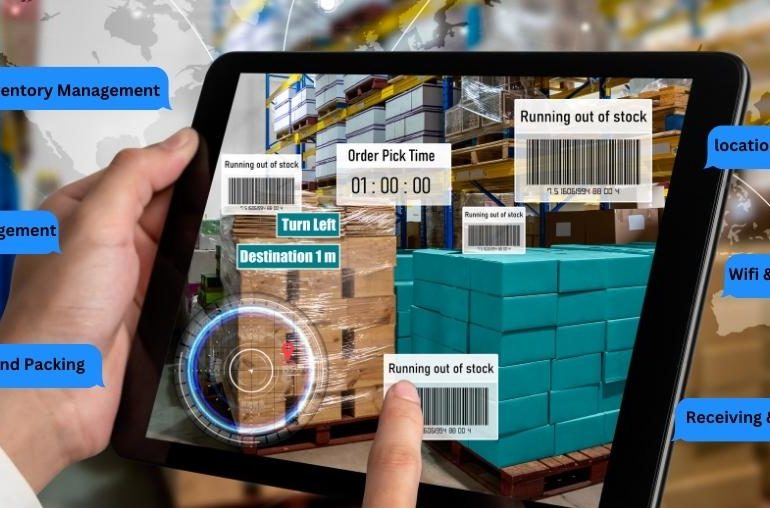Last Updated on January 21, 2022
What Is A KPI?
A KPI (key performance indicator) is the performance indicator and used to take the company’s measurement of performance in the long term. KPI measures and compares the performance of ecommerce business with other businesses working in the same industry.
As Peter Drucker said,
What Gets Measured Gets Done.
Managing KPI measurement includes comparing the desired level of performance objective with actual performance and Target indicators are the desired level of performance. Lagging indicators are referred as to see the past result in achieving success whereas leading indicators are forerunners for achieving results.
Difference Between KPI And Metrics
- KPI can be evaluated and can change by SMART (specific, measurable, achievable, relevant, timely) methodology. In metrics, it’s not possible to change if removed once because of static in nature.
- Metric can look for past results but does not help in identifying future actions. on the other hand, KPI incorporates future objectives.
- KPI is managed by the top-level authority whereas metrics are organized by activity.
- KPI provides future sights and setting of targets for the future. In metrics, understandable information is provided.
What Is The Importance of KPI In eCommerce?
 For achieving future objectives with increasing sales in online business KPI is significantly important. For keeping a check in the performance that how well an ecommerce organization is performing and making an informed strategic decision.
For achieving future objectives with increasing sales in online business KPI is significantly important. For keeping a check in the performance that how well an ecommerce organization is performing and making an informed strategic decision.
The usefulness of KPI can only be understood if actionable actions are taken, setting the target after getting the information. Understanding the problems deeply while resolving problems and making decisions for achieving goals.
Top KPI’s To Track For Your eCommerce Business
Here are some of the most useful KPI’s which you can track to find out whether your ecommerce business is going in the right direction or not.
1.Traffic Source
How customers are coming to you in what ways is directing them towards your site. The source which directs them could be direct search, organic search, referral, social, email, paid search. Source from where customers come is an important metric. These metrics help in differentiating between loyal valuable customers who keep coming back to your site. Traffic source helps in getting the information of valuable customers by combining it with the conversation rate.
In the recent case of dailymail.com.uk, a very large UK online publisher has lost 50% of its organic website traffic as of June 3. That’s according to a post in the Google Search Console forums by a user claiming to be The Daily Mail’s SEO Director Jesus Mendez. On the other hand, theguardian.com has more search visits. Around 180.6 million organic search visits were to theguardian.com and 123.8 million was of the daily mail, but the customer’s bounce rate was more in theguardian.com. customers likely to spend less time on theguardian.com than dailymail.com. Combining traffic sources with other metrics is important to know how valuable a customer is.
2. Shopping Cart Abandonment Rate
We all are familiar with the abandonment cart when a customer wishes to buy something and add that item to his online shopping cart but does not follow the purchase procedure. As per the reports that 15% of abandoned cart rate problem is faced by many online shopping sites and the Abandonment cart rate for mobile shopping is on average 81%. 75% of sales are not taking place in the ecommerce business due to abandoned carts. Setting a goal for abandoned cart KPI helps in achieving more sales while eliminating the abandoned cart issue.
3. Conversion Rate
Conversion rate can be found out by dividing the total number of conversions by the total no. of clicks by visitors multiplied by 100. The average conversion rate across all industries was 2.70 % on social sites as per the study of word stream.
By setting target indicators for conversion rate by checking when they are vising and making a purchase after paying several visits. Deciding a strategy for why it happens and how they are deciding to purchase several visits.
Conversion rate = (no. of conversions / total no. of clicks) x100
4.Cost Per Acquisition
it is calculated by dividing sales or spend on marketing by customers acquired. Knowing how much it costs on acquisition of a customer. In what ways are using content marketing, social media lead magnets, pay-per-click advertising, influencer everything involves money expenses. CPA is a very beneficial KPI if used correctly by making and following the right strategies.
Cost per acquisition = total spend on marketing or sales/customers acquired
5. Customer Lifetime Value
CLV is a measurement for getting to know the value of a customer for the e-commerce business for a whole period of their relationship. improving customer experience and measuring feedback are the key factors of CLV, these key factors help in increasing the value that a customer provides in the ecommerce business.
If CLV is more than CPA then the business is in a good position and making a profit per customer. In this situation, spending on acquiring new customers can add even more.
If CLV is less than the CPA you are spending more on getting a new customer and not earning a profit, it’s not a good and profitable situation for e-commerce business.
Customer lifetime value = annual profit from customer x period of customer – acquisition cost
6. Average Order Value
AOV is used in getting to know how much revenue is generated with each order. These ecommerce metrics are used to find out overall online efforts in marketing and improving the pricing strategy. It costs much to the company for increasing the conversion rate by acquiring new customers rather than investing in existing buyers by AOV.
Average order value = total revenue generated / number of orders
Here we conclude that using top KPI in e-commerce business proven to be beneficial for improving the overall performance and experience, feedback of customers. The growth of the ecommerce business is optimized with achieving objectives and goals.
These metrics help in calculating direct revenue while creating brand awareness.
For becoming better and for standing out among all the ecommerce business KPI strategies is important.
Wrapping Up
So, now you know that how tracking these key performance indicators can help you improve the performance of your ecommerce store. Emizentech a leading ecommerce development company has been providing the best ecommerce solutions and also helps clients to track and monitor KPI’s important as per their business model.






 USA
USA UK
UK Singapore
Singapore